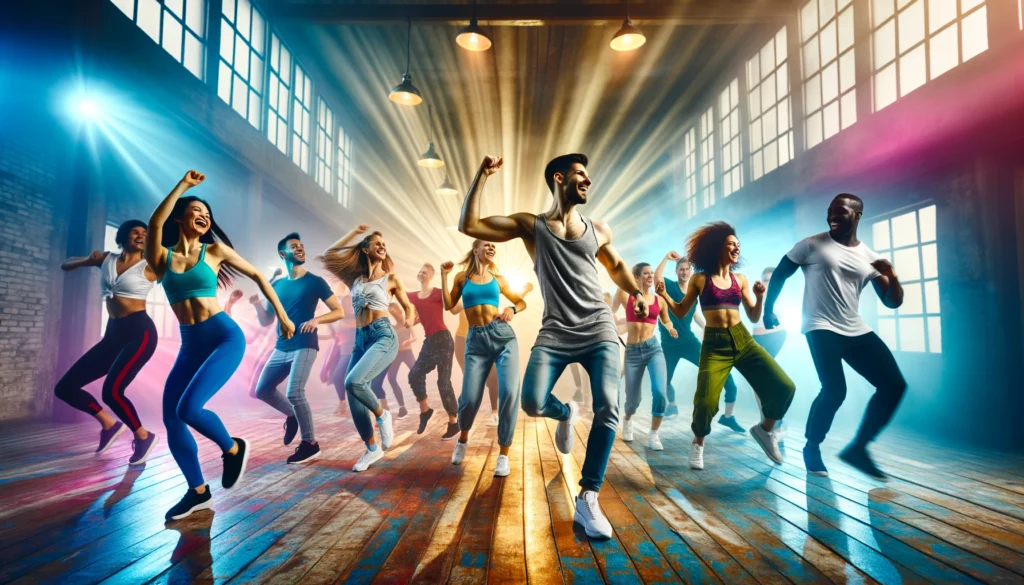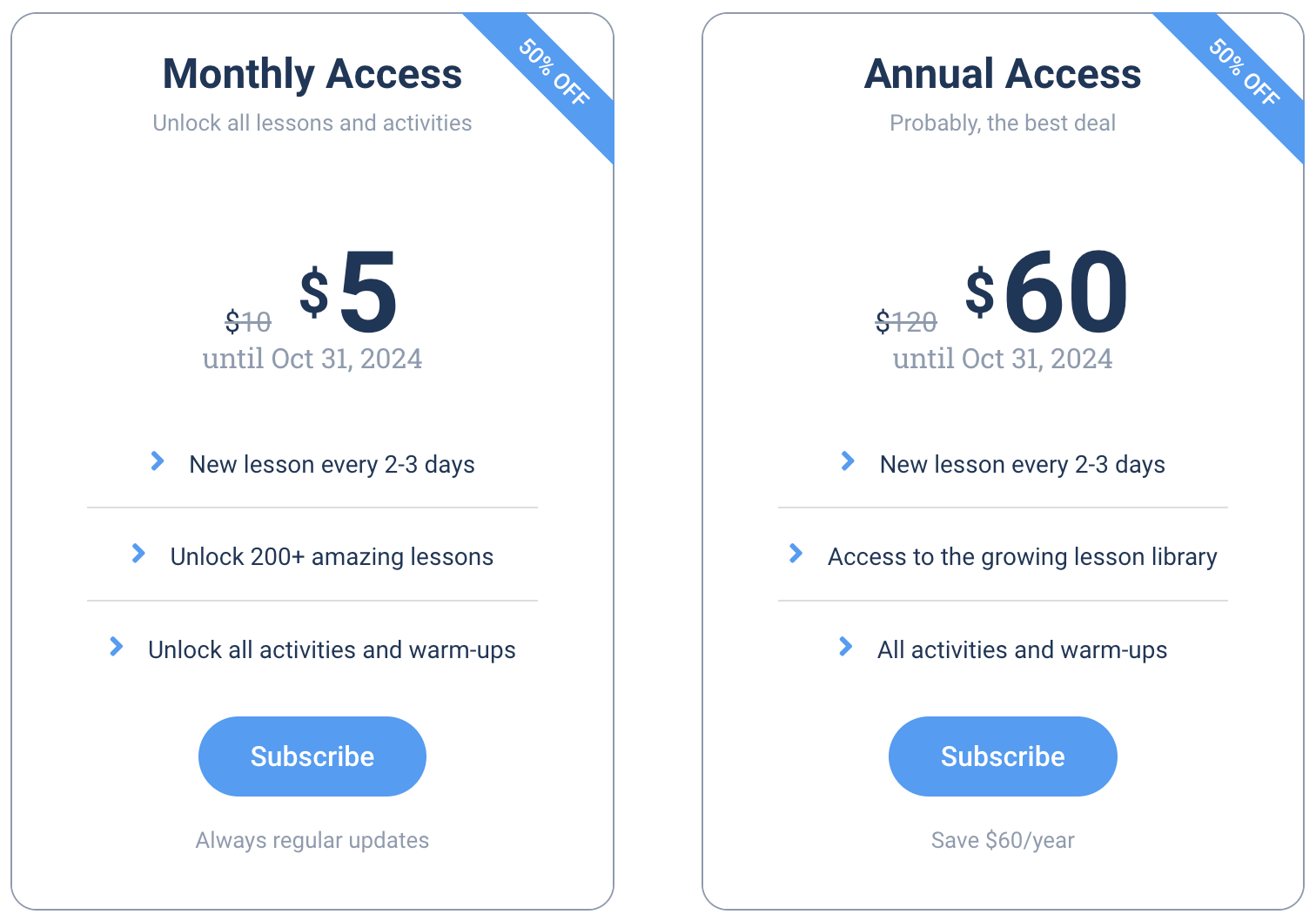
Table of Contents
A2 Level Questions
- What is Zumba?
- Have you ever tried Zumba?
- Do you like to dance?
- What music is used in Zumba?
- Is Zumba a good way to exercise?
- Can Zumba make you happy?
- Do you need special clothes for Zumba?
- Where can you do Zumba?
- Is Zumba easy for beginners?
- What do you need to bring to a Zumba class?
- Can children do Zumba?
- Do you prefer Zumba or yoga?
- How long is a Zumba class?
- Can Zumba help you lose weight?
- Do you like to exercise with music?
- What are the benefits of Zumba?
- Would you try a Zumba class with friends?
- Do you think Zumba is fun?
- How do you feel after exercising?
- Would you like to be a Zumba instructor?
B1 Level Questions
- Why do you think Zumba is popular worldwide?
- How does Zumba combine fitness and entertainment?
- What makes Zumba different from other dance workouts?
- Can Zumba improve your mood? Why?
- What skills can you improve by doing Zumba?
- How important is the role of the instructor in a Zumba class?
- What are the social benefits of joining a Zumba class?
- How does music influence a Zumba workout?
- Can Zumba be adapted for people with physical limitations?
- What cultural influences can be seen in Zumba?
- How does Zumba cater to different fitness levels?
- What are the key elements of a successful Zumba session?
- How can Zumba affect your energy levels?
- What are the challenges of doing Zumba for the first time?
- How does Zumba promote community and inclusion?
- Can Zumba be a form of stress relief?
- How does Zumba compare to traditional gym workouts?
- What types of dance moves are incorporated into Zumba?
- How does Zumba contribute to cardiovascular health?
- What advice would you give to someone new to Zumba?
B2 Level Questions
- Discuss the global impact of Zumba on fitness and culture.
- How does Zumba challenge traditional notions of exercise?
- Analyze the role of Zumba in promoting mental health and well-being.
- How does the diversity of music in Zumba enhance the workout experience?
- Discuss the significance of community in Zumba classes.
- How can Zumba be a tool for cultural exchange and understanding?
- What are the innovative aspects of Zumba in the fitness industry?
- How does Zumba address the needs of different age groups and abilities?
- Discuss the balance between choreography and improvisation in Zumba.
- How does Zumba impact body image and self-esteem?
- Evaluate the effectiveness of Zumba as a cardiovascular workout.
- How does Zumba incorporate elements of interval training?
- Discuss the potential of Zumba for physical rehabilitation.
- How has social media influenced the popularity of Zumba?
- What role does Zumba play in the trend towards dance-based fitness?
C1 Level Questions
- Critically assess the influence of Zumba on global fitness trends.
- Explore the psychological benefits of group fitness activities like Zumba.
- Discuss the pedagogical strategies employed in Zumba instruction.
- Analyze the marketing strategies that have contributed to the success of Zumba.
- Evaluate the sustainability of Zumba as a long-term fitness solution.
- Discuss the role of Zumba in fostering gender inclusivity in fitness.
- Analyze the impact of Zumba on physical and mental health disparities.
- Explore the potential of Zumba for community building in diverse settings.
- Examine the ethical considerations of commercializing cultural dances in Zumba.
- Discuss the adaptation of Zumba for special populations, such as seniors or those with disabilities.
C2 Level Questions
- Critique the commodification of fitness culture through the lens of Zumba.
- Examine the interplay between Zumba and global cultural dynamics.
- Discuss the role of Zumba in the digitalization of fitness and its implications.
- Analyze the contributions of Zumba to the discourse on health and body politics.
- Explore the influence of Zumba on the professionalization of dance fitness.
- Debate the effectiveness of Zumba in addressing public health challenges.
- Investigate the implications of Zumba’s popularity on traditional dance forms.
- Examine the role of music in shaping the Zumba experience and its cultural significance.
- Discuss the impact of Zumba on the evolution of community fitness programs.
- Analyze the role of Zumba in the shifting landscape of physical activity and wellness.

